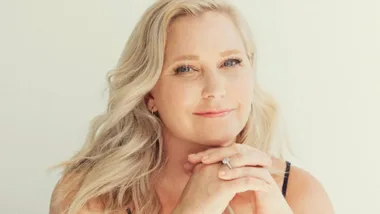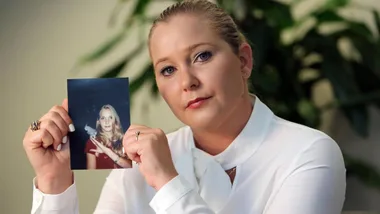Today marks 61 days since the end of the financial year. Each of those days marks the amount of additional working time it takes for a woman to earn as much as a man does in Australia each and every year.
The only thing is, those extra 61 days a year do not exist. And nor should they. In the literal world, women work the same amount of days as men, yet they earn $261.50 less per week on average—and that’s a troubling statistic.
Today, August 31, is Equal Pay Day in Australia—held on the date following the end of financial year that marks each and every extra day a woman must work on average in order to earn the same annual pay as men. Over the last six months, we’ve seen that figure worsen.
The Workplace Gender Equality Agency (WGEA) has released its latest statistics, showing a 14.2 per cent difference in the annual pay packets between men and women—this also marks a concerning 0.8pp rise in the previous gender pay gap of 13.4%.

But how is this happening? And more pertinently, why is it getting worse?
Data from the Australian Bureau Of Statistics (ABS) has shown the rise in the national gender pay gap was mainly driven by a higher growth in full-time wages for men, with a 1.8 per cent increase. Meanwhile women saw a 0.9 per cent increase.
Per the ABS, the construction industry experienced a high average earnings growth, subsequently increasing the male wage on average given the industry is largely dominated by men.
Moreover, industries with a higher proportion of women are struggling in the fallout of the COVID-19 pandemic.
Professions including childhood education, health care and aged care have all experienced troubling job losses and hourly cuts. This has ultimately contributed to a decrease in the average female wage.
WGEA Director Mary Wooldridge said the latest stats were a cause for concern: “Our data shows women’s average full-time wages are lower than men’s across every industry and occupation in Australia. The gender pay gap signifies that the work of women is still not treated as being of equal value to that of men.”
And on a sobering note, she explained at the rate Australia is currently moving to close the pay gap, it’ll take 26 years before both genders receive an equal average pay.

Wooldridge is now urging action from both employers and employees to help create change in the space.
“Research proves that regular audits close pay gaps faster,” she explained, adding that 2021 data from the Gender Equity Insights Report showed employers who consistently did pay audits in their companies “closed their managerial pay gaps faster than all other companies”.
And as employees, it’s also possible to take some action. You can go to the WGEA website to find out if your own employer has done a pay gap audit.
“Start a conversation with your colleagues and friends about the gender pay gap, what it means to you and to them and how you can help to close it. We can all work together to eliminate gender pay discrimination,” Wooldridge added.










